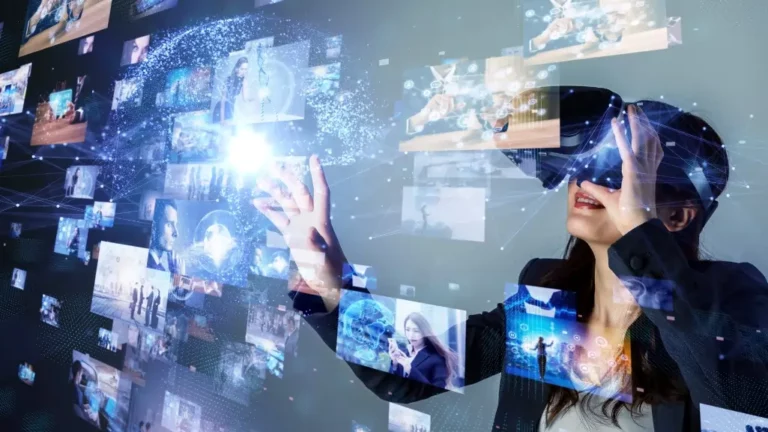Virtual reality (VR), augmented reality (AR), and mixed reality (MR) are terms commonly used in the consumer tech space. They fall under the umbrella of extended reality (XR) and involve devices such as glasses or goggles. Understanding the differences between these technologies can be confusing, so let’s break it down for you.
What is Virtual Reality?
Virtual reality (VR) immerses you in a completely digital world that replaces your immediate external environment. When you wear a VR headset, you can feel like you’re on another planet, racing in a car, or attending a meeting, even though you’re physically sitting in your living room. Headsets like the PlayStation VR 2 and Meta Quest 2 offer immersive experiences, although not as advanced as depicted in science fiction.
VR headsets have built-in screens and lenses that show each eye a slightly different image, creating a three-dimensional effect. The headsets also include sensors to track your head movements, allowing you to look around the virtual world naturally. However, to move or interact with objects, you usually need hand controllers. VR is primarily used for gaming and viewing 3D videos.
What is Augmented Reality?
Augmented reality (AR) adds virtual elements to the real world, enhancing your perception of reality. Unlike VR, AR allows you to see your actual surroundings while incorporating virtual additions. These additions can range from pop-up notifications and directions to virtual icons displaying information like your skiing speed or instructions for engine servicing.
While there are AR goggles like Microsoft HoloLens, most people access AR through their smartphones. A popular example is the game Pokémon Go, where the app uses your phone’s camera to display the real world and overlays virtual Pokémon characters onto it. By moving your phone, you can change your viewpoint and interact with the virtual elements. Other AR apps like IKEA Place and Google Lens provide practical applications such as previewing virtual furniture or translating foreign menus. Apple’s Measure app allows you to measure real-world objects using your smartphone’s screen.
What is Mixed Reality?
Mixed reality (MR) combines elements of both VR and AR. MR headsets, like Meta Quest 2 or Microsoft HoloLens 2, incorporate augmented reality features into a virtual reality experience. These headsets have built-in cameras that capture the real world and display it on their screens, along with additional virtual information.
For example, the Apple Vision Pro allows you to see your actual surroundings by default but overlays virtual interfaces from apps. By adjusting a dial, you can transition into a more immersive virtual reality where your real surroundings are replaced with a different environment. Apple refers to this approach as “spatial computing.”
Understanding Extended Reality (XR)
Extended reality (XR) is the inclusive term that encompasses virtual reality, augmented reality, and mixed reality. It serves as a catch-all phrase for these technologies. When it’s difficult to categorize an experience strictly as VR, AR, or MR, you can simply refer to it as XR.
By grasping the distinctions between virtual reality, augmented reality, and mixed reality, you can navigate the world of extended reality more effectively. Whether you desire complete immersion in a digital world, virtual elements overlaying your surroundings, or a combination of both, VR, AR, and MR offer diverse and exciting experiences that continue to advance the boundaries of technology.


